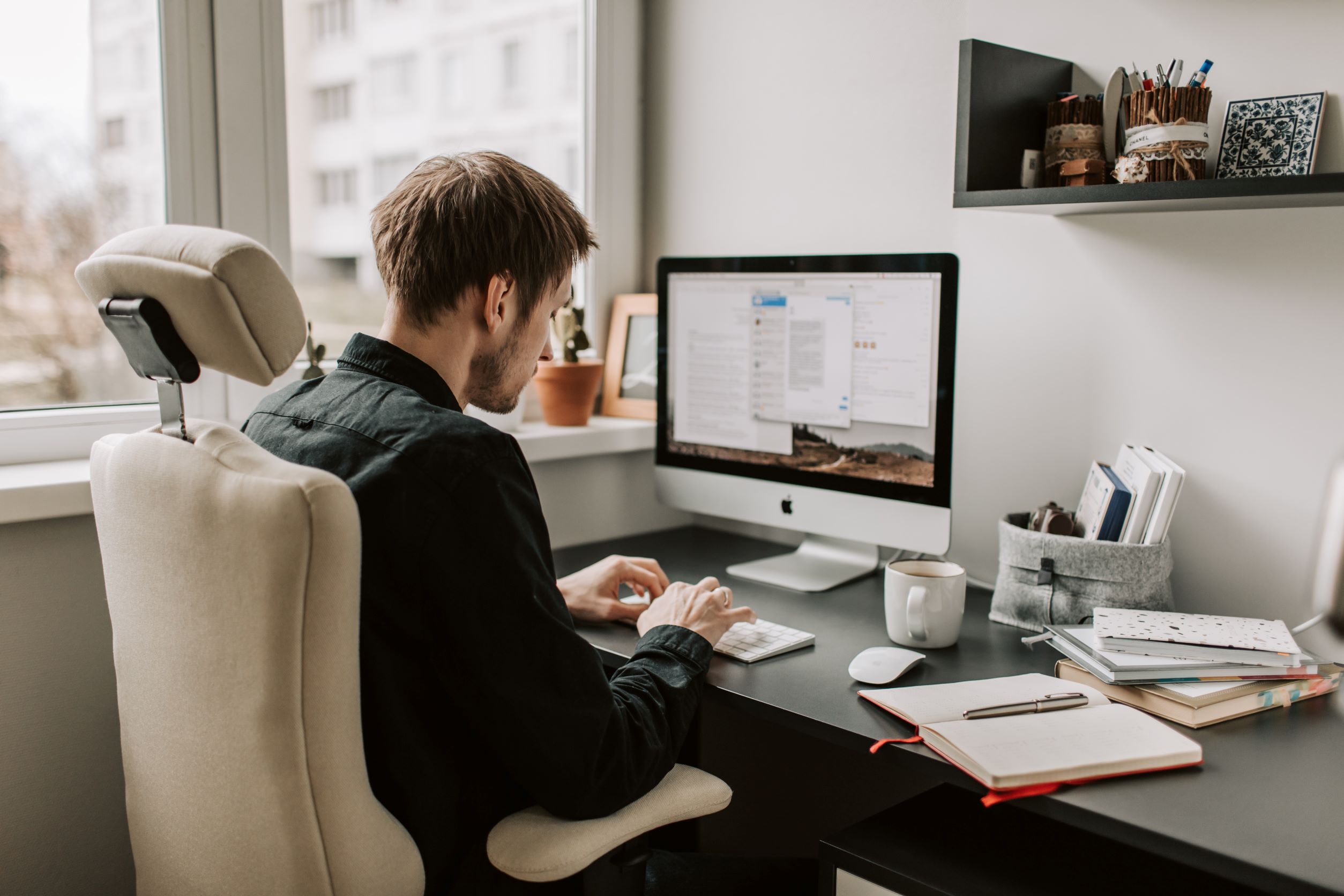The office of the future

The pandemic and technology have “motivated” us and provided us with an enormous opportunity for real historical change, one of them being the concept of the office.
In many of the meetings in recent months, the teams have been discussed about what the workspaces will be like from now on. Work has already been done on teleworking schemes from home. A reality is that the offices are no longer the place where we are expected to spend fixed shifts with rigid meeting schedules. Most of us who worked in an office can do work from home, from a cafe, from a friend’s house or from a coworking site. Of course, for some professions, location and space is critical. We have an incredible opportunity to redefine the way we work and rewrite the rules. There are some alternatives that we could consider for these new office environments.
The totally remote office. We have opened our eyes to the wonders of remote work. Zoom and other video calling systems are not perfect, but they have freed us from the office. One of the main advantages of this model is the possibility of making new hires in distant places, in addition to saving on costs.
The hybrid model. It consists of working one or two days a week in the office and the rest remotely. Offices in which they have designed some common spaces and other individual ones, adapted to the circumstances. It is about combining remote work with office work.
Remote “plus” model. One week in the office, followed by three weeks working remotely. This allows people to live further away but make the effort to spend time working together with their team about once a month. This system allows working from home independently and at the same time being in contact with colleagues to continue promoting teamwork.
Radial contact model. It expands from the center, like a kind of spokes. It consists of the company expanding, with remote offices in other cities or countries to take advantage of local skills. It is a variant of the hybrid office with more local options, depending on the distribution of the equipment.
Quality time. This fifth model has to do with companies that prioritize the quality of work production, without supervising so much time, each person is different and has her commitments. The important thing is the results. It offers flexibility to adapt work to other commitments, rather than making family life dependent on work commitments.
We have more than eight hundred years with the concept of office. New technologies drove changes in the way of working and productivity, but not so much in the workspaces. Some companies have invested in modern and innovative offices.
The pandemic is forcing employers to think differently about the feasibility of allowing their employees to work flexibly. We are experiencing a moment of real change in the world of work driven by an existential crisis, which puts employees at the center of strategic decisions like never before.
